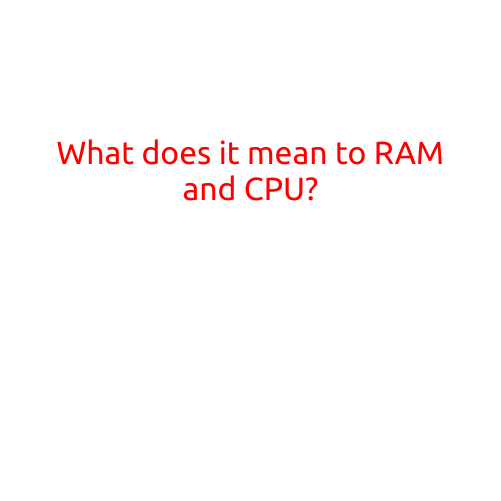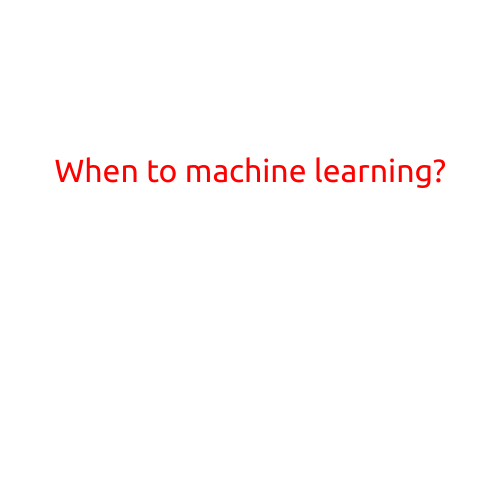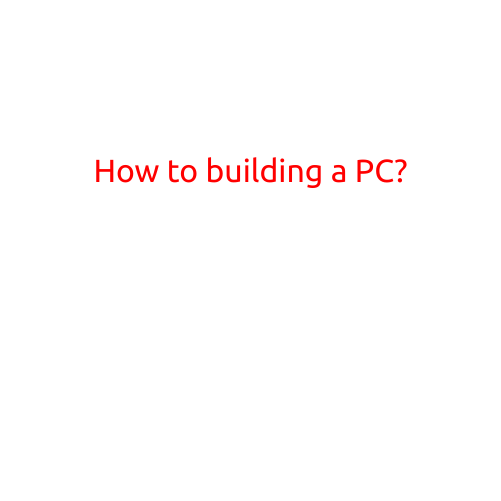
What does it mean to RAM and CPU?
When it comes to computers, understanding the jargon can be overwhelming, especially when it comes to technical terms like RAM and CPU. In this article, we’ll break down what these terms mean and how they affect your computer’s performance.
What is RAM?
RAM stands for Random Access Memory. It’s a type of computer storage that temporarily holds data and applications while a computer is running. Think of RAM as a workspace where your computer can quickly access the information it needs to perform tasks.
Here’s an analogy to help illustrate the concept:
Imagine a library with an infinite number of books. Each book represents a piece of data or an application. RAM is like a table where the librarian (your computer) quickly retrieves and stores the books as needed. The more books (data) the table can hold, the more efficient the librarian can work.
In terms of numbers, RAM is typically measured in gigabytes (GB) or gigabits per second (GB/s). A higher amount of RAM allows your computer to handle more tasks simultaneously without slowing down.
What is CPU?
CPU stands for Central Processing Unit. It’s the brain of your computer, responsible for executing instructions and performing calculations. Think of it as the conductor leading an orchestra, directing the different sections (components) to work together in harmony.
Here’s another analogy to help clarify the concept:
Imagine a chef running a kitchen. The chef (CPU) takes the recipe (instructions) and uses it to prepare the meal (execute tasks). The more skilled and efficient the chef, the faster and better the dishes (tasks) will be prepared.
In terms of numbers, CPU speed is measured in gigahertz (GHz) or megahertz (MHz). A higher CPU speed means your computer can process information faster and more efficiently.
How do RAM and CPU work together?
RAM and CPU work together to bring your computer to life. Here’s a simplified explanation:
- RAM retrieves data: Your computer retrieves data and applications from your hard drive or solid-state drive (SSD) and stores them in RAM.
- CPU processes data: The CPU accesses the data stored in RAM and executes the instructions, performing calculations and tasks.
- RAM provides temporary storage: The CPU stores the results of its calculations back in RAM, freeing up space on the hard drive or SSD.
- Repeat the process: This cycle repeats continuously as your computer runs applications and performs tasks.
In summary
In conclusion, RAM (Random Access Memory) provides temporary storage for data and applications, while CPU (Central Processing Unit) is the brain of your computer, executing instructions and performing calculations. Both components work together to bring your computer to life, allowing you to run applications, perform tasks, and access your digital world.
When building or upgrading your computer, it’s essential to consider the amount of RAM and CPU speed you need to meet your specific computing needs. A well-balanced combination of RAM and CPU will enable your computer to run smoothly, efficiently, and at optimal performance.





